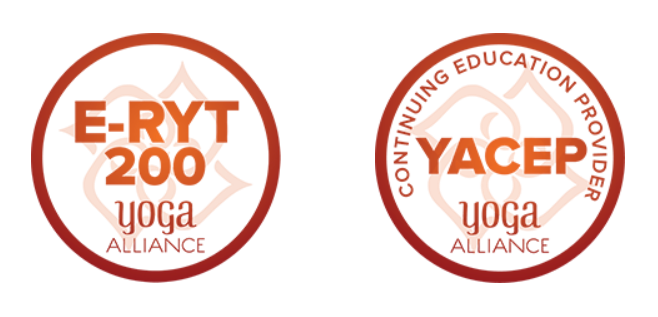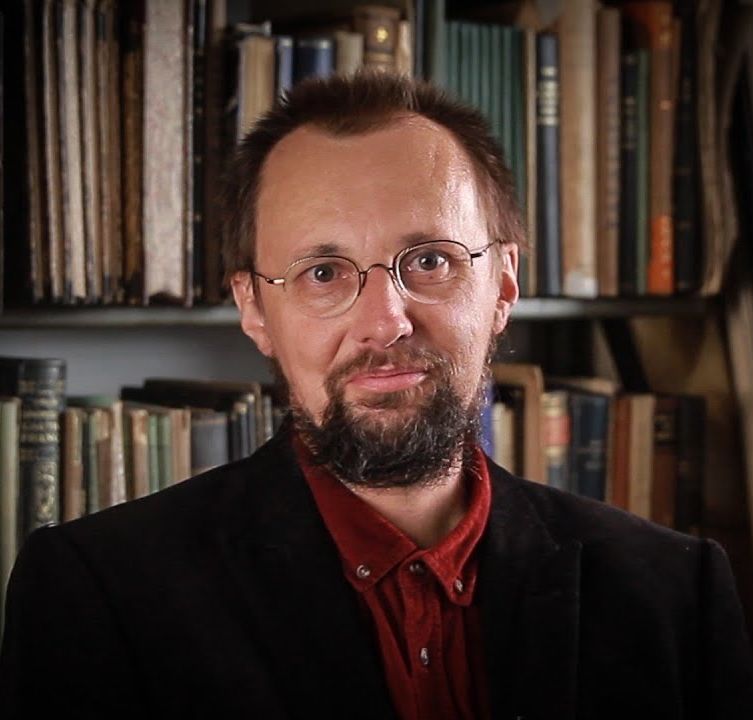
Course Description
In most contemporary yoga systems, the human body is the focus of the practice. Teachers explain the health benefits of particular techniques, meditation is supposed to positively affect our psycho-physical state, and in some yoga lineages practitioners try to manipulate the chakras or kuṇḍalinī. Simply put, yoga today is obviously very body-oriented. But has it always been so? What do we know about the classical medieval yoga approach to the body? Did yoga develop any specific concept of the body? Do yoga texts explain the inner mechanism of each technique, i.e. how exactly does a given practice affect the body?
In this online course, we will answer these and many other questions related to the concept of the body in pre-modern yoga traditions. To have a proper context for our investigation, we will first need an overview of the different approaches to the body in various South Asian religious traditions, beginning with the Vedic religion. Next, we will explore the concept of the body in a tantric milieu, since tantric ideas about the body have been the most important source of understanding the body in physically oriented yoga. Using this tantric background, we will then analyze the different types of bodies in yoga texts and ask what kind of body is the goal of yoga practice. Finally, we will demonstrate that one of the most important goals of mediaeval yoga is to achieve an immortal body.
Although the course will cover a long time span and introduce many traditions and concepts, it will be easily accessible and assumes no prior knowledge of the subject. The topic of the yogic body does not require delving into complicated philosophical questions and subtle interpretive discussions, so the course will be fully comprehensible to any attentive listener.

Course Preview
Course Modules
Module 1 — Indian Bodies
Module 2 — Tantric Bodies
Module 3 — Yogic Bodies
Module 4 — Immortal Bodies
Students Will Receive:
- 4 Pre-recorded Video + Audio lectures (90 min)
- 4 Pre-recorded Q&A sessions (90 min)
- 4 ACP Credits
- 12 Hours of CE credit with YA
- Course Syllabus (PDF)
- Weekly Readings (PDF)
- 4 Multiple Choice Quizzes
- Yogic Studies Certificate (PDF)
- Access to the private Community Forum
Dr. Lubomír Ondračka
Researcher and lecturer at the Department of Philosophy and Religious Studies, Charles University in Prague
Lubomír Ondračka is a publisher, independent researcher and external lecturer at the Department of Philosophy and Religious Studies, Charles University in Prague. He studied mathematical modeling, nuclear physics, religious studies and Indology. Although basically trained as a philologist (using material in Sanskrit and both medieval and modern Bengali and Hindi), his research is enriched by an anthropological perspective based on his long stays in India (a total of seven years between 1996–2019). His research interests include the history of yoga (especially haṭhayoga), tantrism, death and dying rituals in Indian religions, and the culture and religion of Bengal.
His recent publications related to yoga include an encyclopedic survey of haṭhayoga, an analysis of a Middle Bengali text on tantric yoga entitled “The Garland of Bones”, a comprehensive annotated bibliography of haṭhayoga for the Oxford Bibliographies project, and a forthcoming overview of medieval yoga literature written for the Oxford Handbook of Hindu Literature. Also relevant to this course is his study “Transformation of the Body through the Mastery of the Elements in Tantric Sources”, soon to appear online first in the Oxford Handbook of Tantric Studies. Most of his publications are available in full-text on his academia.edu page.
This course is eligible for 12 hours of Continued Education (CE) credits with Yoga Alliance

Stay Informed
Sign up for the Yogic Studies mailing list to find out first about upcoming courses, podcast episodes, promotions, events, and the latest research delivered straight to your inbox.


